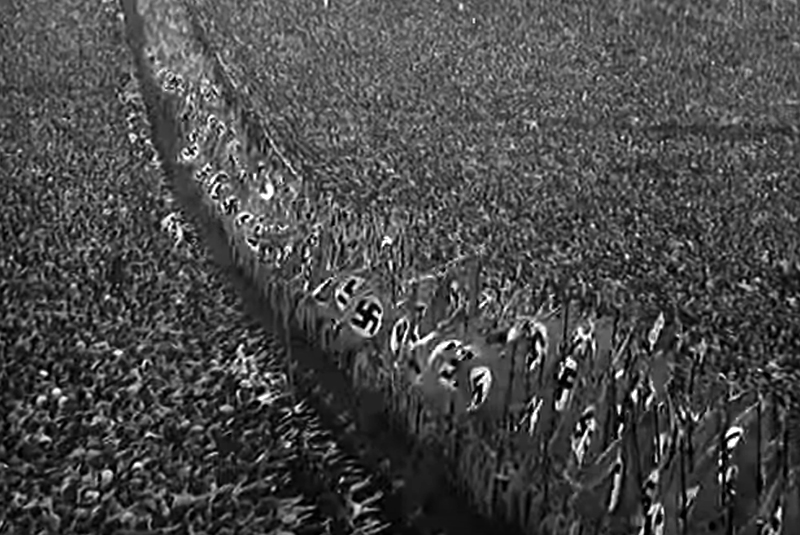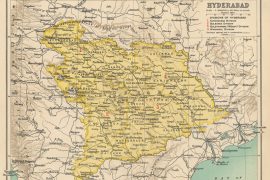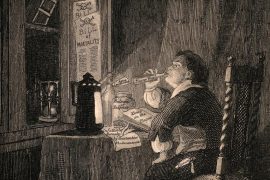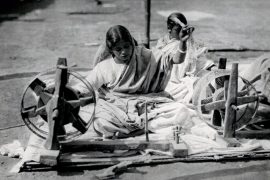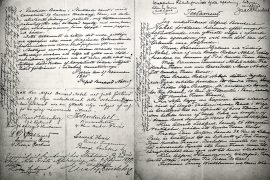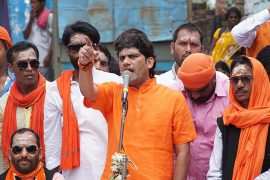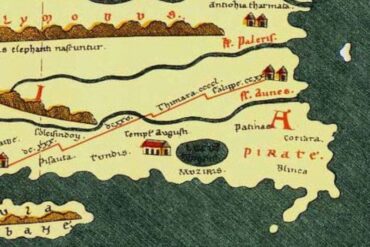In April 1986, over three million people filled the streets of Lahore to celebrate the arrival of Benazir Bhutto, the daughter of slain leader Zulfikar Ali Bhutto, after a nine-year exile. Nearly a decade earlier, General Zia ul-Haq had ousted and executed the democratically elected Zulfikar in a military coup. General Zia had then cemented his position as a dictator by passing a series of sweeping martial legislations that brought radical Islamic conservatism into the heart of polity and public life.
However, things were to change with the return of Benazir, for she was, after all, the “daughter of Pakistan.” Her homecoming was marked by one of the largest political rallies in world history; it took an astonishing ten hours for Benazir to traverse a twelve-kilometre stretch from the airport to the city’s famed Mughal-built fort. Addressing the people who attended the rally, primarily supporters of Pakistan’s People Party, Benazir said:
‘Seeing you, the people, makes me feel that Bhutto is alive before my eyes. He told me at our last meeting at Rawalpindi jail that I must sacrifice everything for my country. This is a mission I shall live or die for.’
As if she had uttered a magic spell, the crowds then started chanting “Zia must go,” according to the New York Times.
-30-
Copyright©Madras Courier, All Rights Reserved. You may share using our article tools. Please don't cut articles from madrascourier.com and redistribute by email, post to the web, mobile phone or social media.Please send in your feed back and comments to [email protected]

